How To Do The Bhujangasana And What Are Its Benefits
Master this powerful spine twist to boost flexibility, strength, and overall wellness.
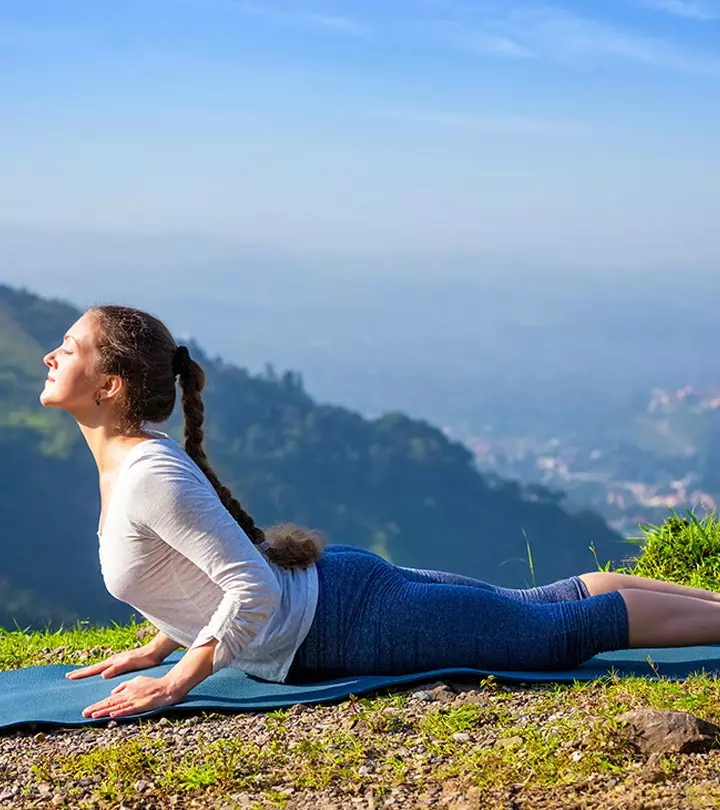
Image: shutterstock
Sanskrit: भुजङ्गासन; Bhujanga – Cobra, Asana – Pose; Pronounced As – boo-jang-GAHS-anna
The eighth pose of the 12 poses of the Surya Namaskar, Bhujangasana is also called the Cobra Pose. This energizing backbend resembles the raised hood of a cobra.
Everything You Need To Know About Bhujangasana
- What You Should Know Before You Do The Asana
- How To Do The Bhujangasana
- Precautions And Contraindications
- Beginner’s Tip
- Advanced Pose Variation
- The Benefits Of The Bhujangasana
- The Science Behind The Bhujangasana
- Preparatory Poses
- Follow-Up Poses
What You Should Know Before You Do This Asana
You must make sure to keep your stomach and bowels empty before you practice this asana. Have your meals at least four to six hours before you do the asana so that your food gets digested and there is enough energy for you to expand during the practice.
It is best to practice yoga first thing in the morning. But in the event you cannot work out in the morning, it is alright to practice it in the evening.
Level: Basic
Style: Ashtanga Yoga
Duration: 15 to 30 seconds
Repetition: None
Stretches: Abdomen, Shoulders, Thorax, Lungs
Strengthens: Vertebral columns
How To Do Bhujangasana
- Lie flat on your stomach. Place your hands on the side and ensure that your toes touch each other.
- Then, move your hands to the front, making sure they are at the shoulder level, and place your palms on the floor.
- Now, placing your body’s weight on your palms, inhale and raise your head and trunk. Note that your arms should be bent at your elbows at this stage.
- You need to arch your neck backward in an attempt to replicate the cobra with the raised hood. But make sure your shoulder blades are firm, and your shoulders are away from your ears.
- Press your hips, thighs, and feet to the floor.
- Hold the asana for about 15 to 30 seconds while breathing normally. Feel your stomach pressed against the floor. With practice, you should be able to hold the asana for up to two minutes.
- To release the pose, slowly bring your hands back to the sides. Rest your head on the ground by bringing your forehead in contact with the floor. Place your hands under your head. Then, slowly rest your head on one side and breathe.
Precautions And Contraindications
This exercise should be avoided if you suffer from the following problems:
- Hernia
- Back injuries
- Carpal tunnel syndrome
- Headaches
- Pregnancy
- Recent abdominal surgeries
Beginner’s Tip
As a beginner, you must not go all into the asana. If you do so, you will end up straining your back and neck. You must find a height that suits you, and ensure you don’t strain your back and neck. Once you do, take your hands off the floor for a moment so that you have a thorough extension.
Advanced Pose Variation
This asana has a variation called the Bheka Bhujangasana, where the legs are bent at the knee, and the feet are crossed beneath your thighs. This action intensifies the backbend.
The Benefits Of The Cobra Pose
These are some amazing benefits of Bhujangasana.
- It is a deep backbend that makes the spine stronger and more flexible.
- It also tones the organs that lie in the lower abdomen.
- It stimulates the digestive, reproductive, and urinary systems.
- It helps regulate metabolism, thus balancing the weight.
- It makes the buttocks firm.
- It gives the lungs, shoulders, chest, and abdomen a good stretch.
- It works as a great stress release.
- This asana is known to open up the lungs and the heart.
- It relieves sciatica and asthma.
The Science Behind The Bhujangasana
The Cobra Pose is one of those versatile yoga poses that is imperative in your yoga practice because it has some momentous health benefits. As mentioned earlier, it is a great backbend that also strengthens, tones, and flexes the spine. It makes the digestive and reproductive systems more efficient.
What’s more, it works on opening up the chakras as well. Incidentally, the Bhujangasana works on four out of the seven chakras – The Visuddhi Chakra, the Anahata Chakra, the Manipura Chakra, and the Svadhisthana Chakra. When this asana is practiced with the eyes open, as you look up, your optical nerves and vision benefit from it.
Preparatory Poses
Urdhva Mukha SvanasanaSetu Bandhasana
Sarvangasana
Follow-Up Poses
Backbends
Thanks to our sedentary lifestyles, our backs don’t get exercise, owing to which they are weakened. This asana is an easy and effective way to strengthen the back and solve a host of other problems.
Read full bio of Shirin Mehdi


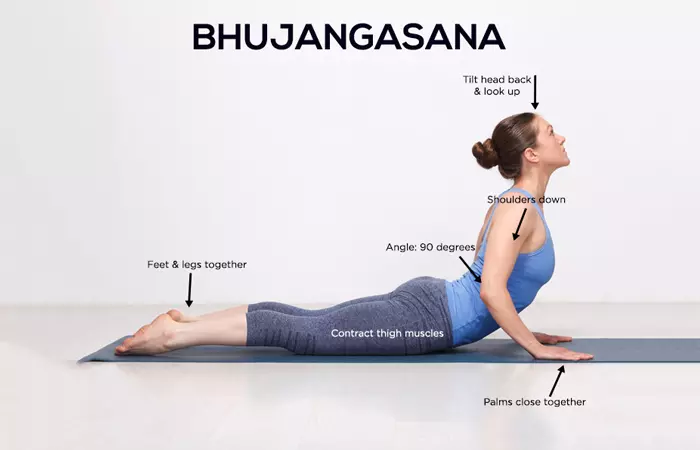
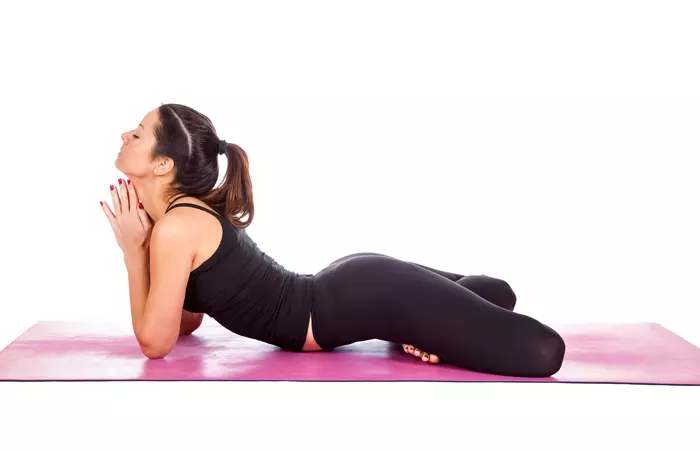

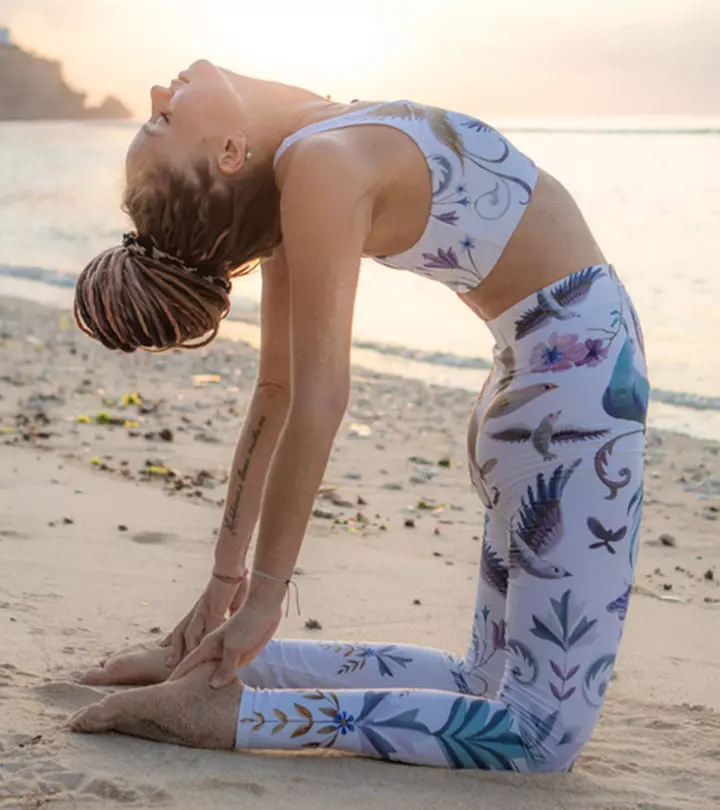
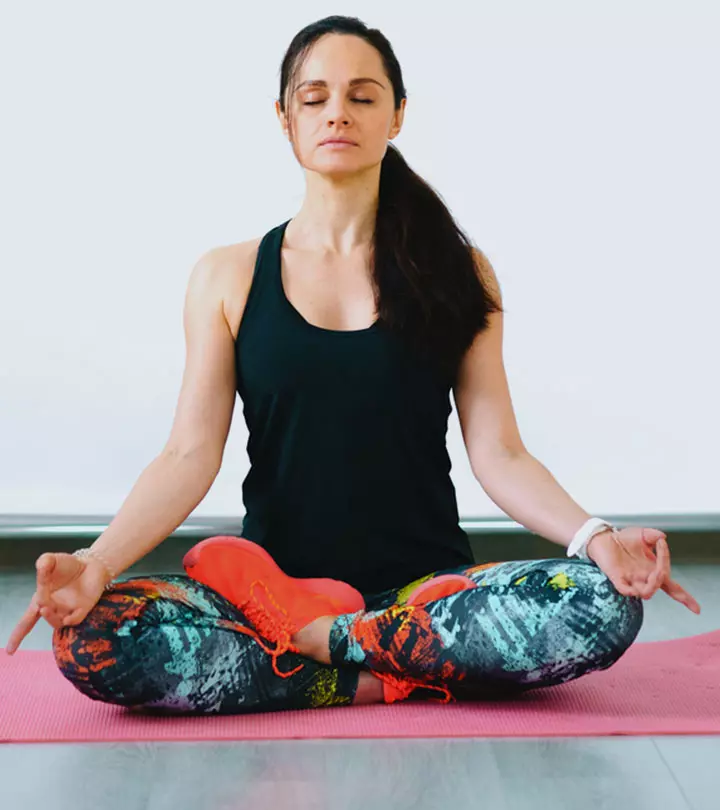
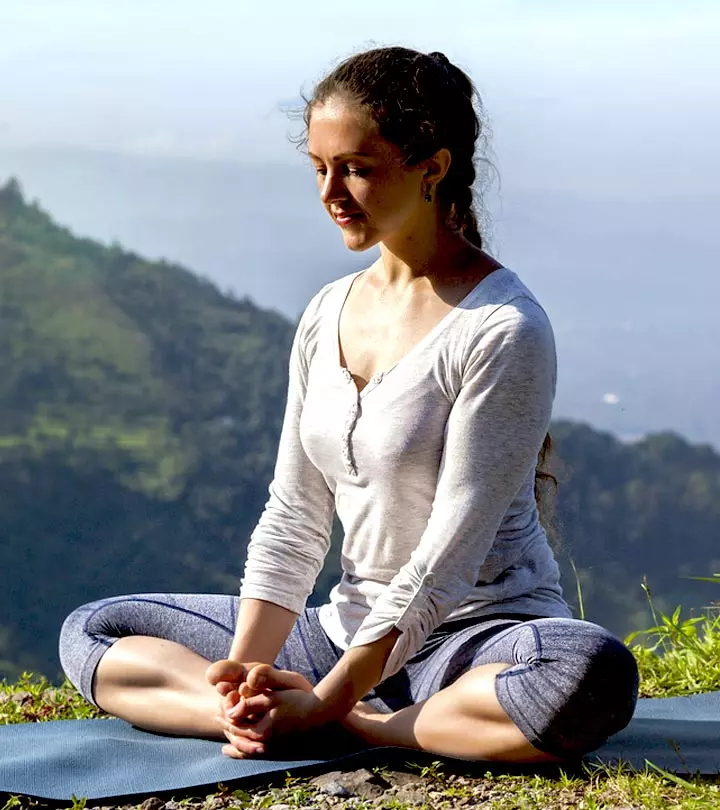
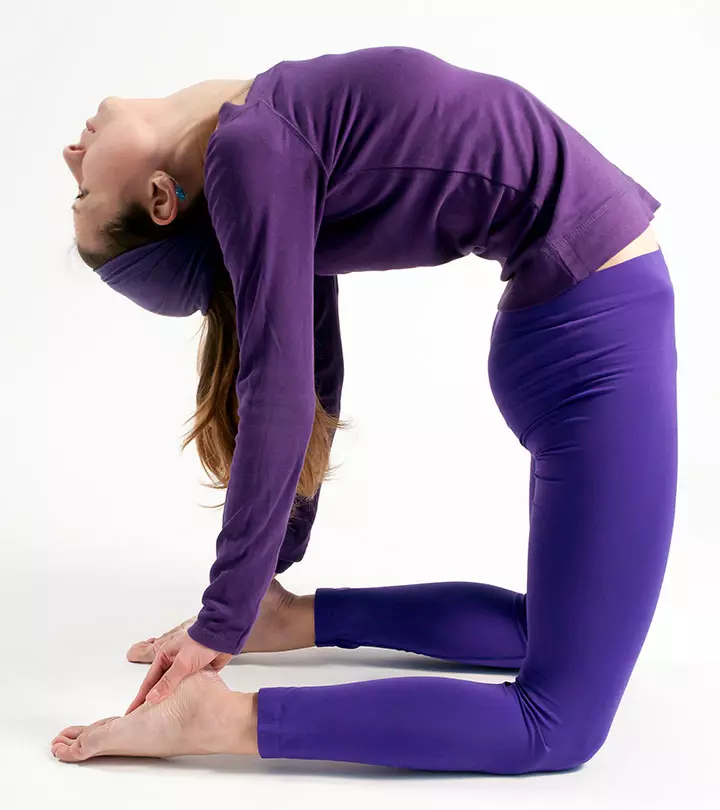
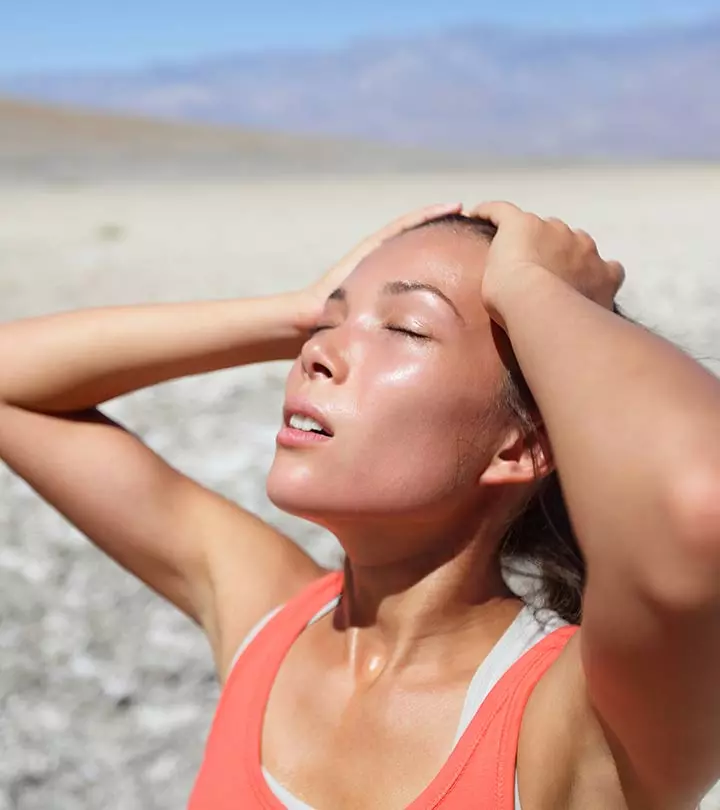
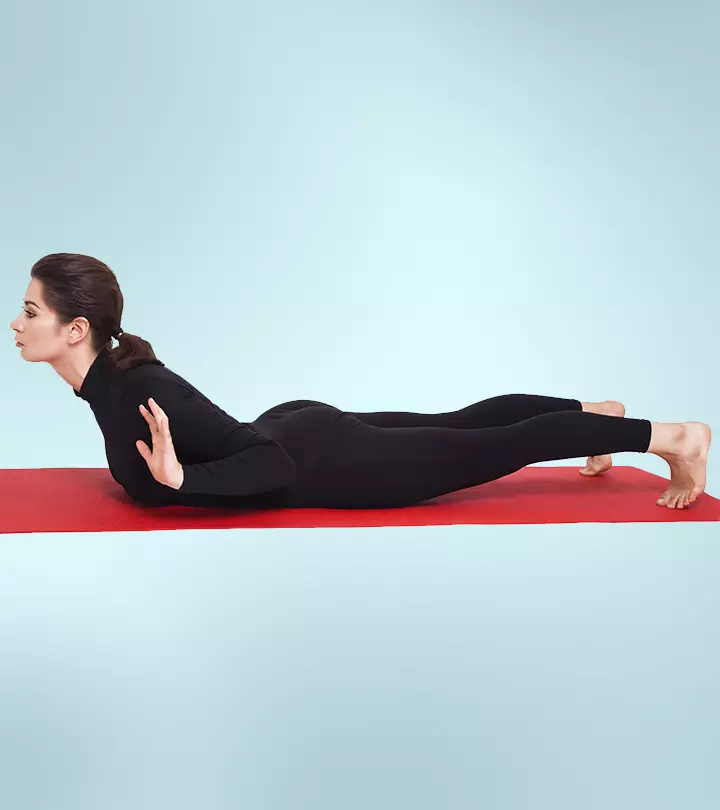
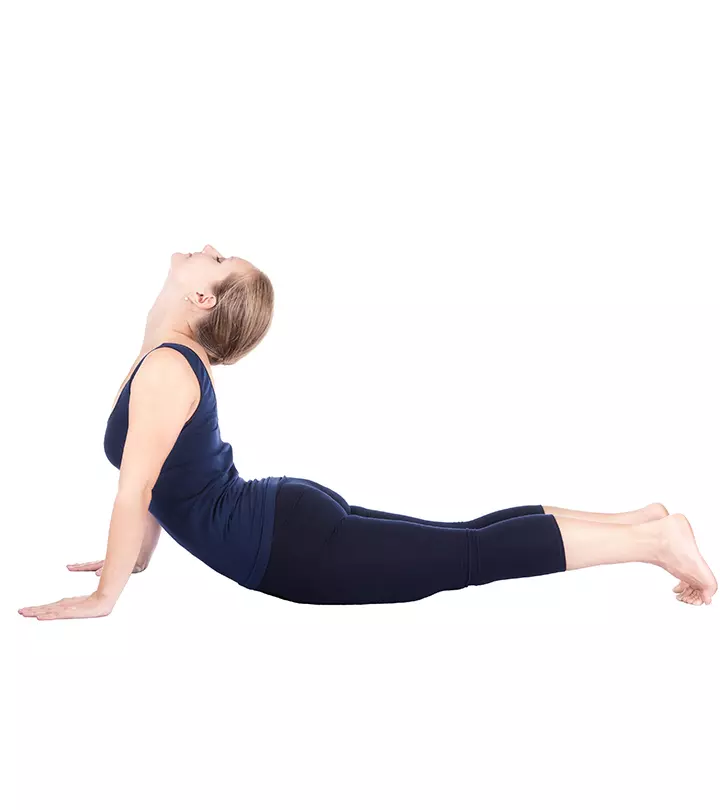
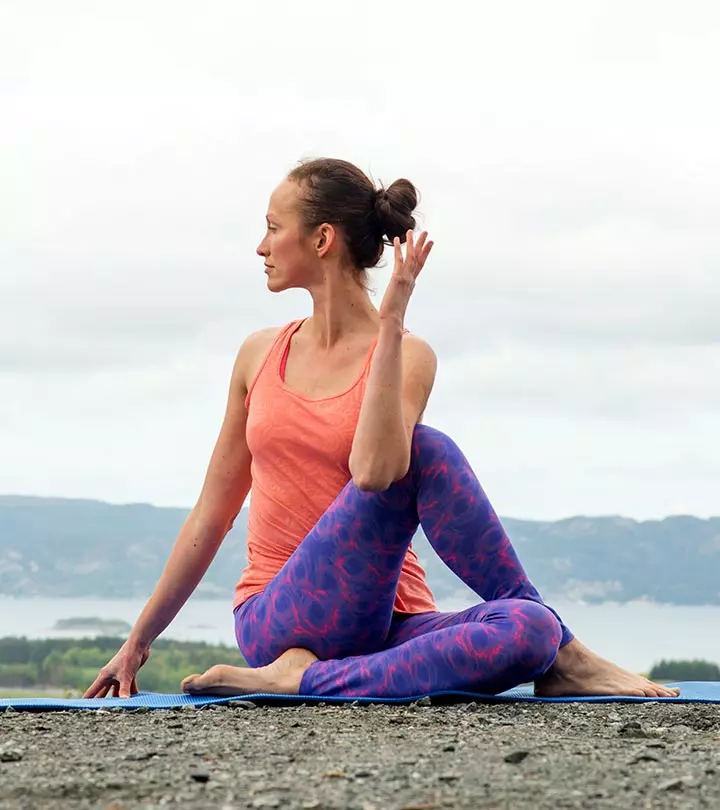

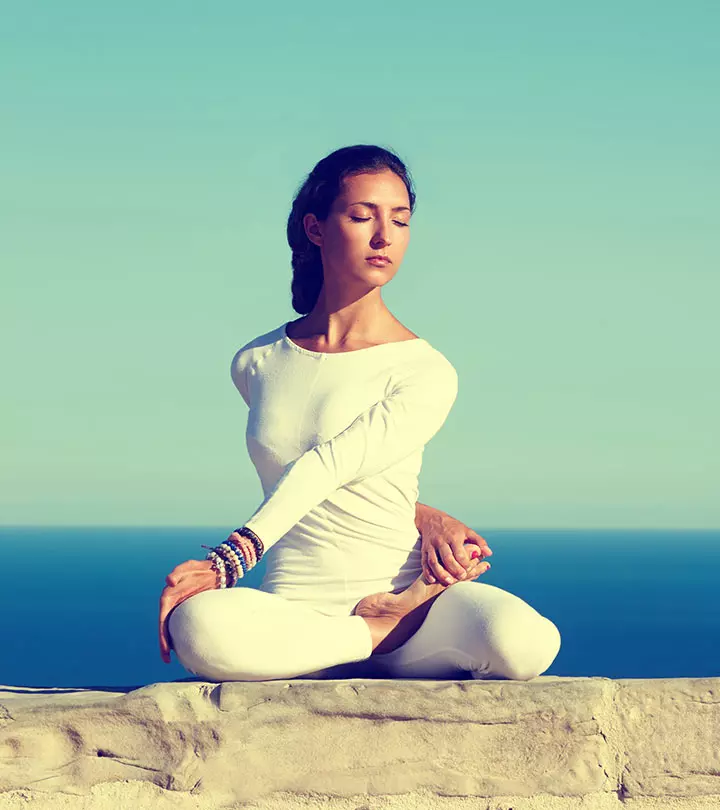
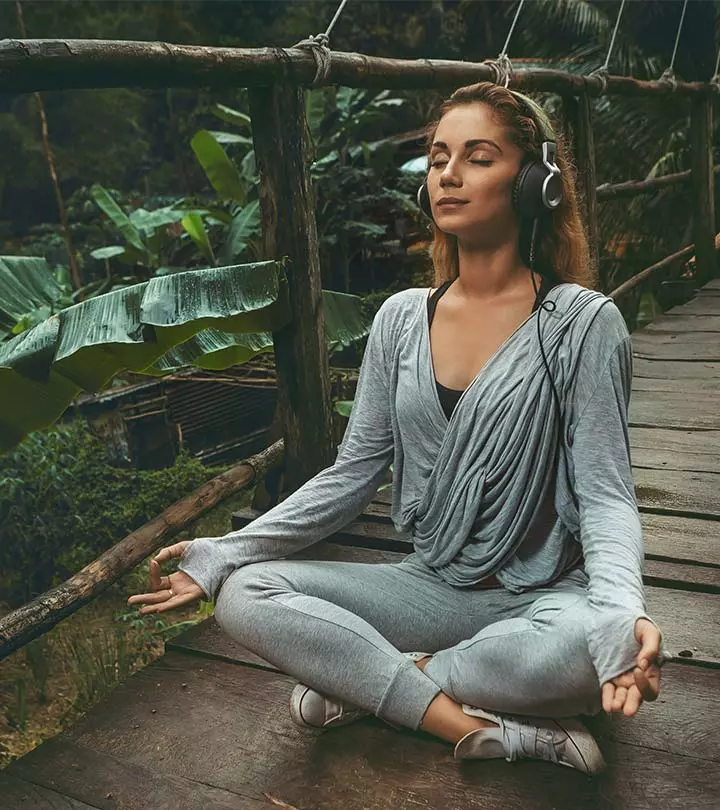

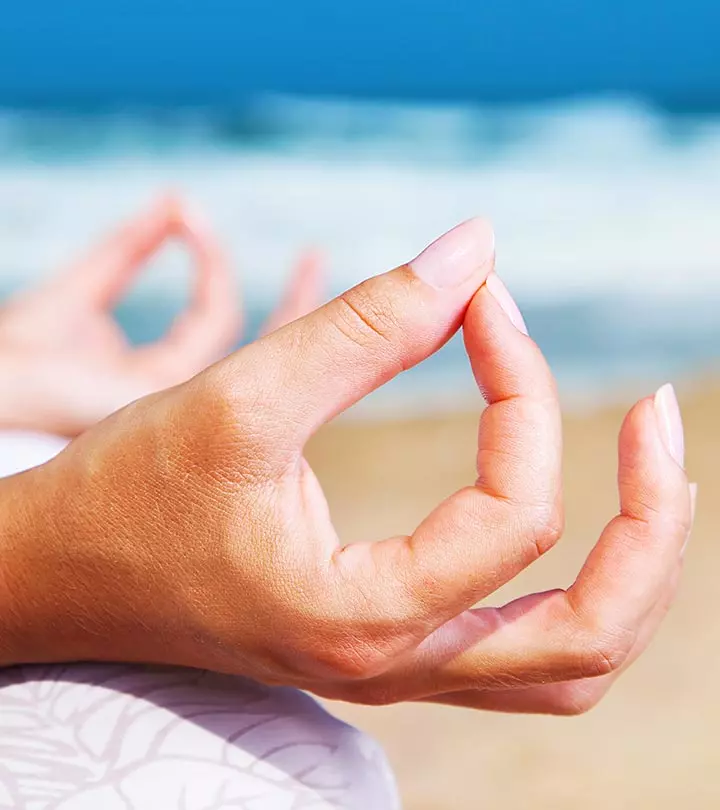
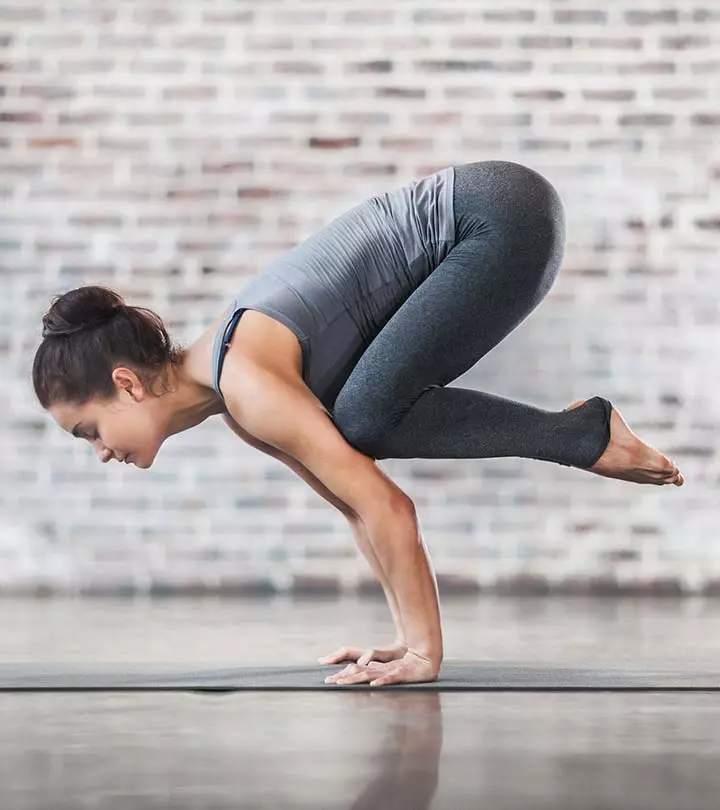
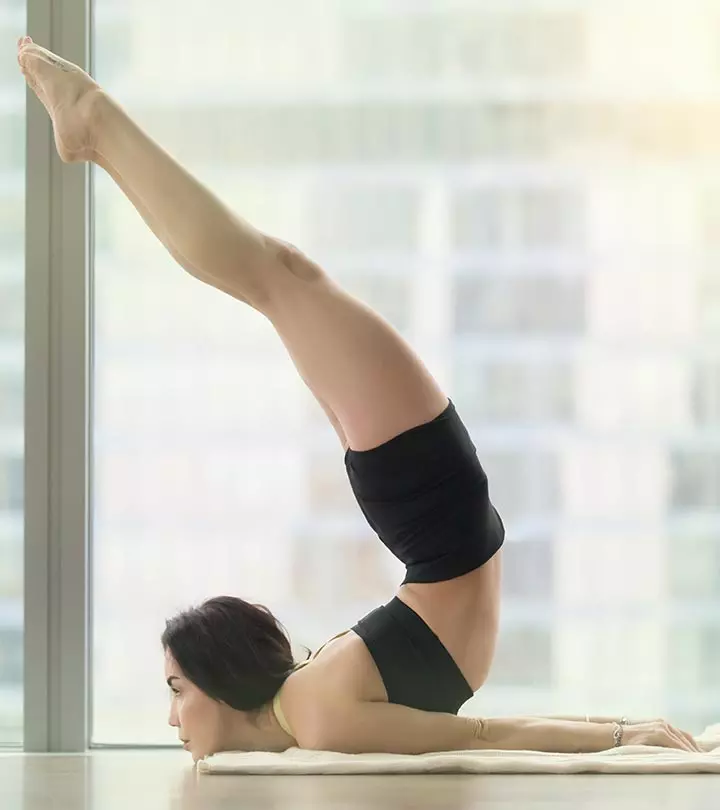
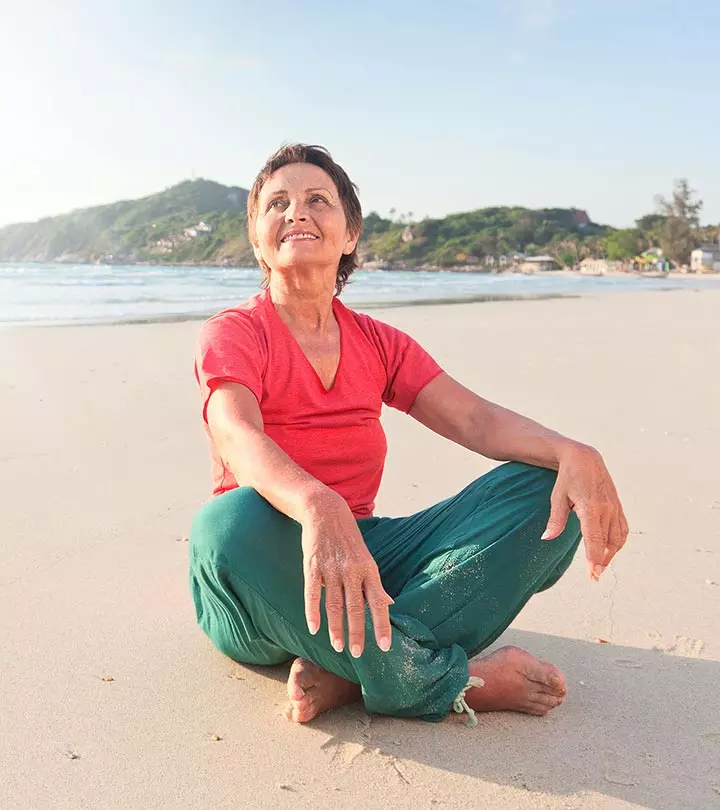
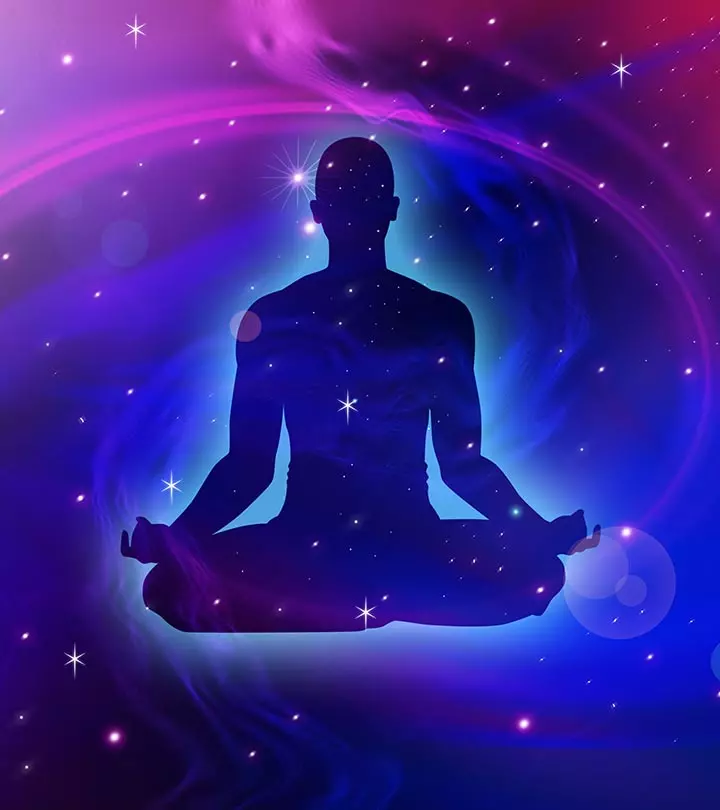
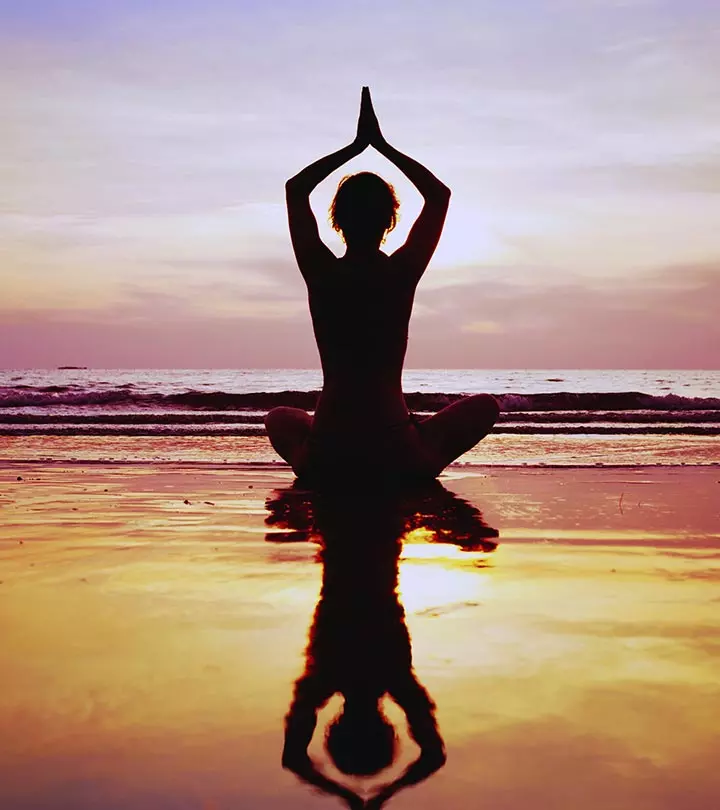
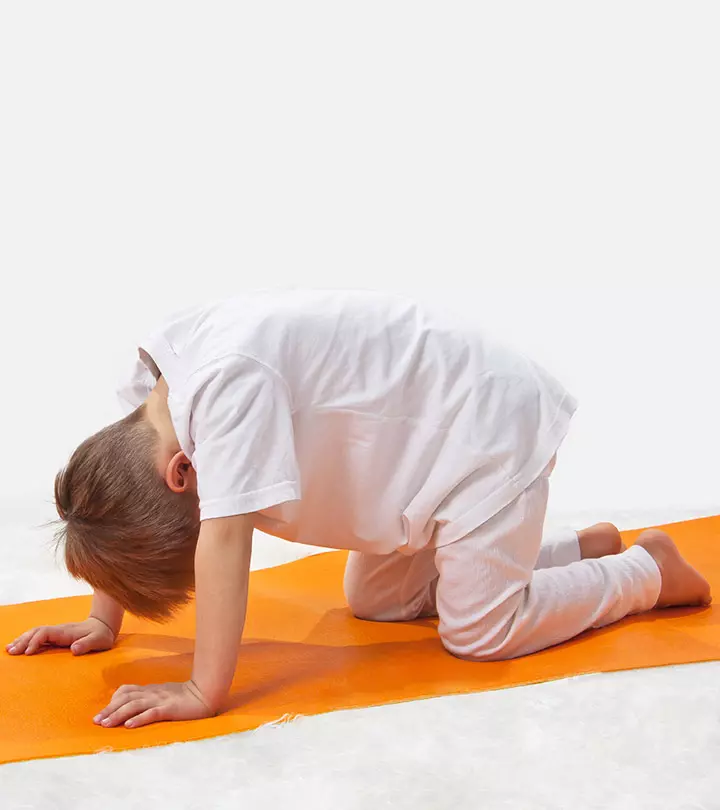
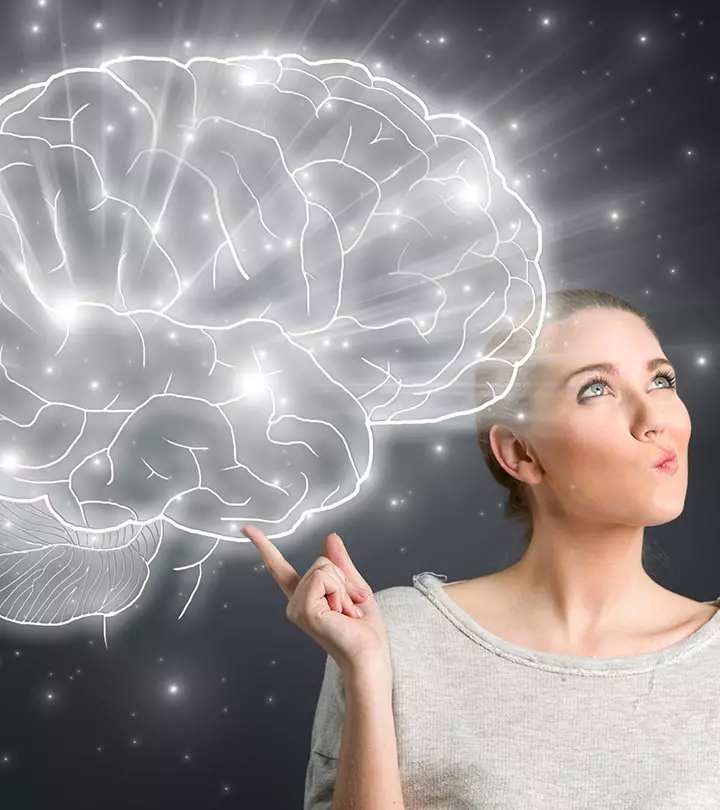
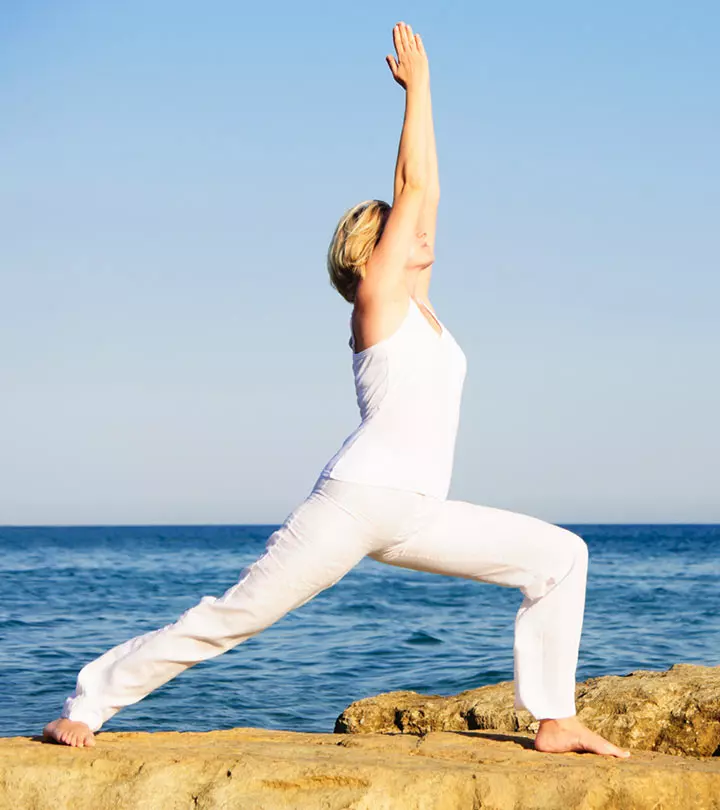
Community Experiences
Join the conversation and become a part of our empowering community! Share your stories, experiences, and insights to connect with other beauty, lifestyle, and health enthusiasts.